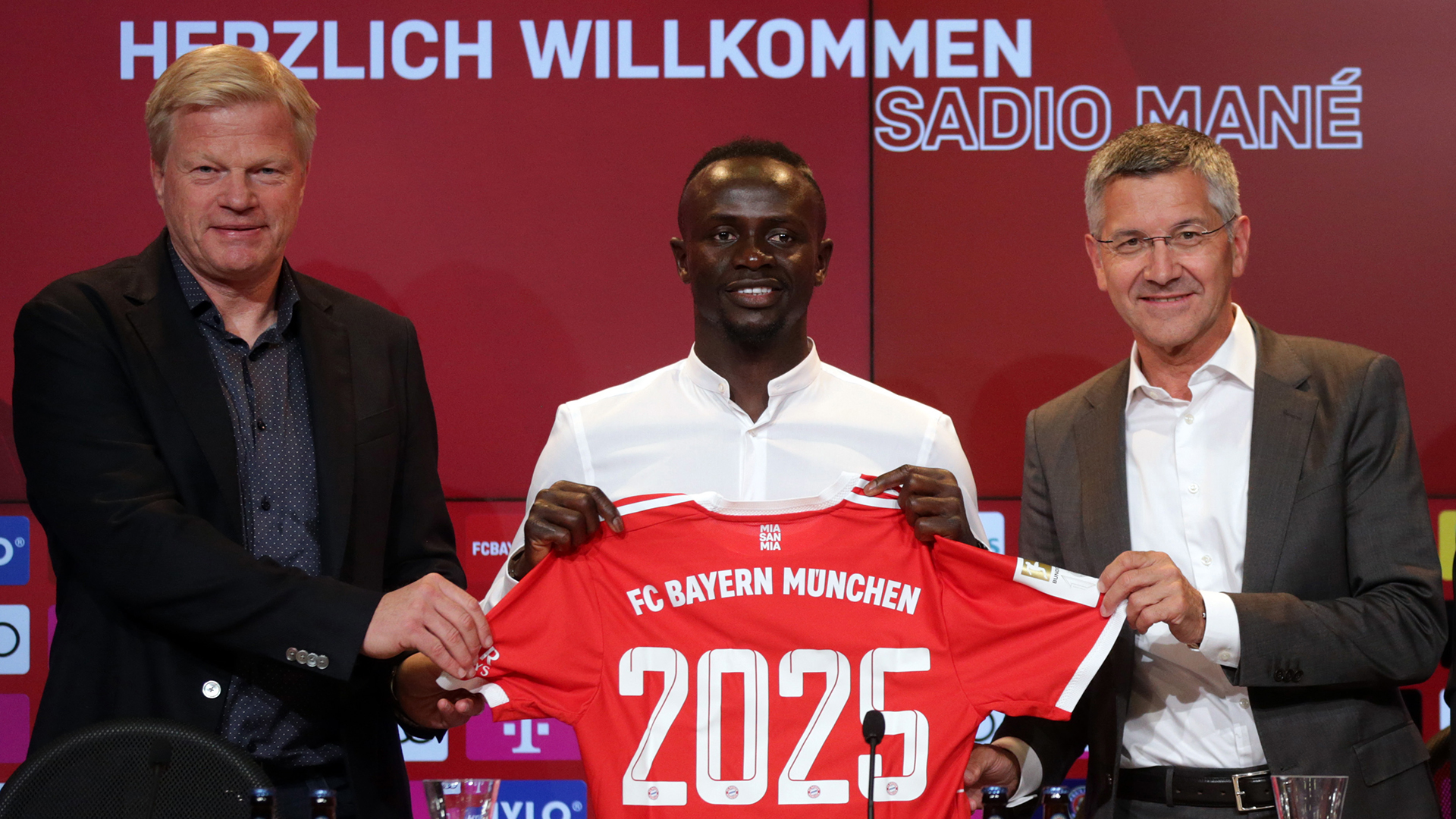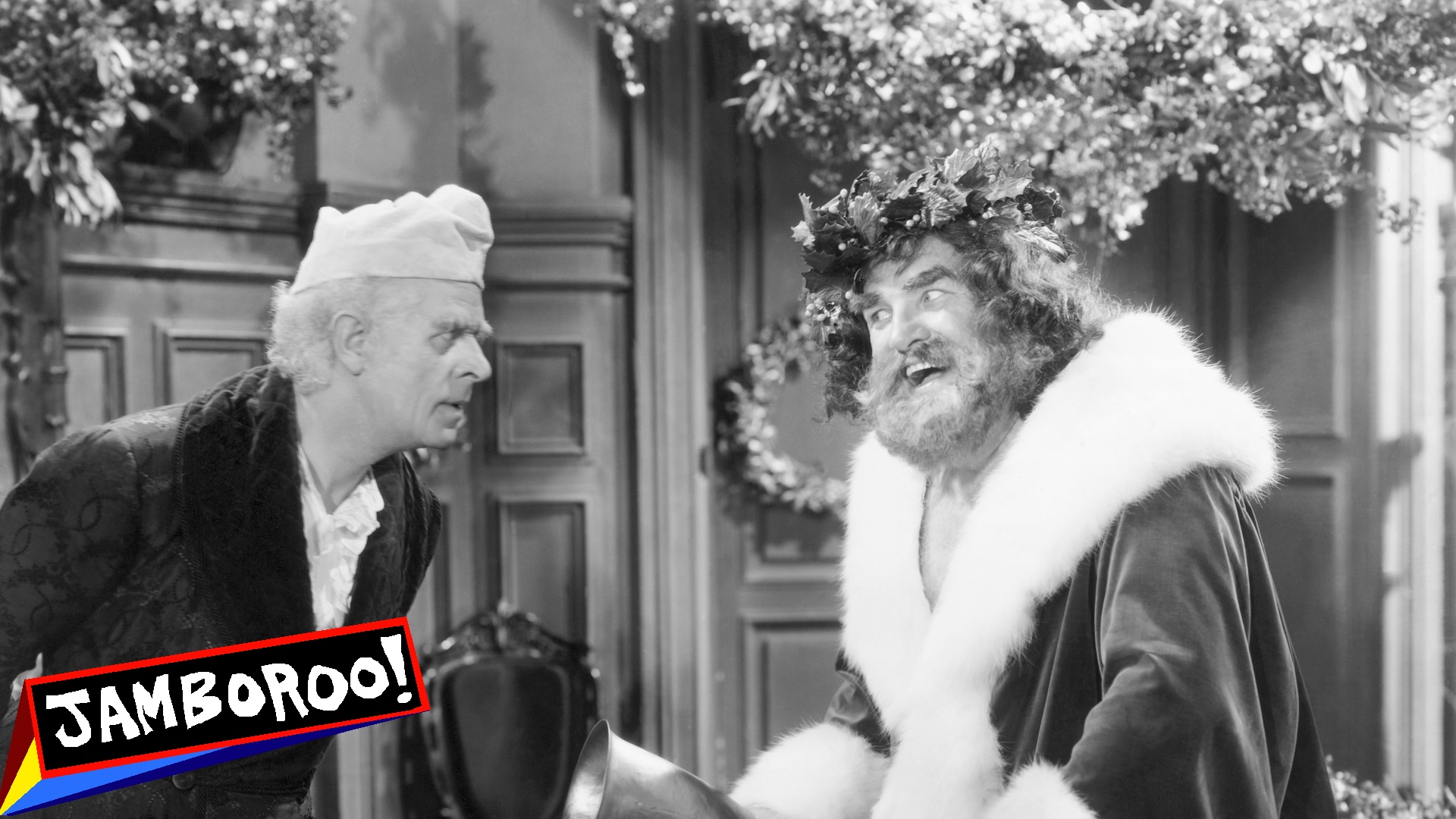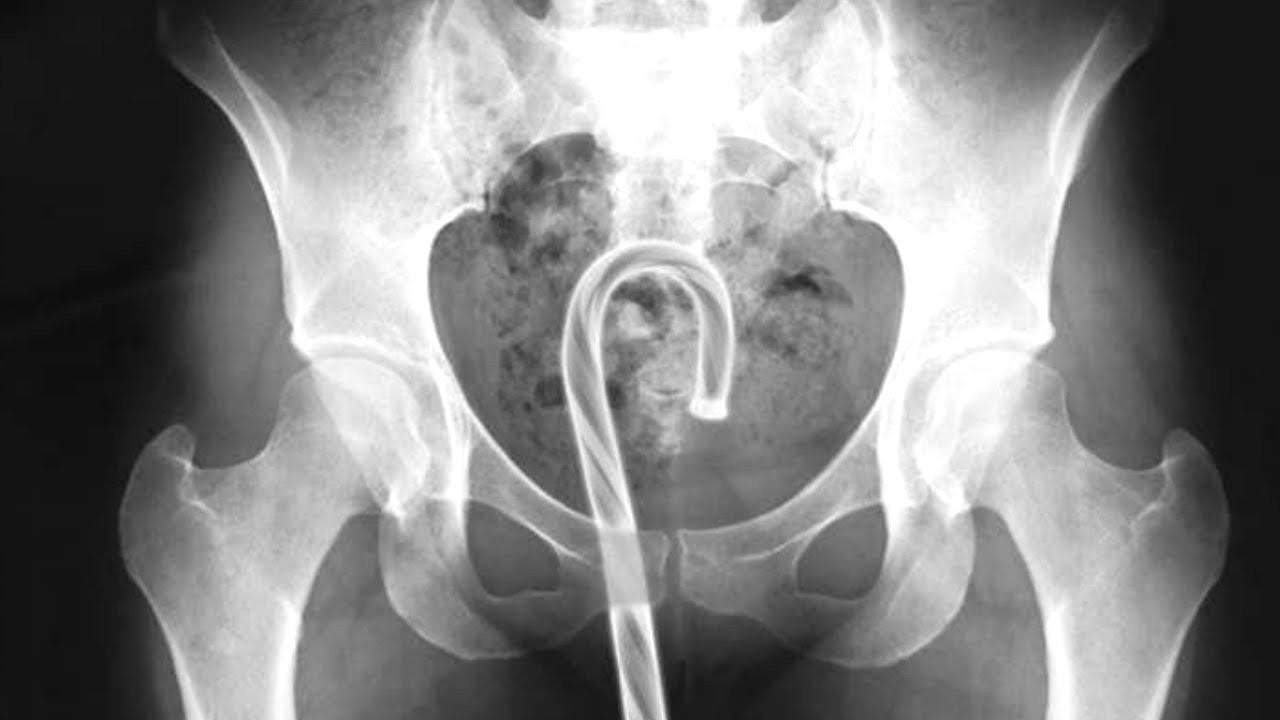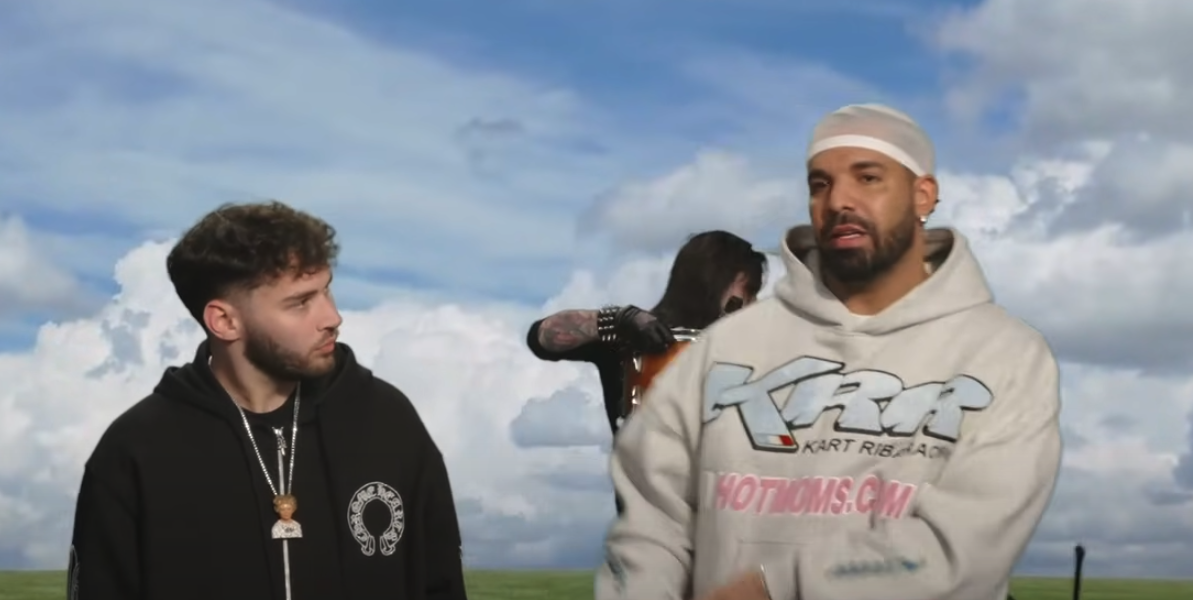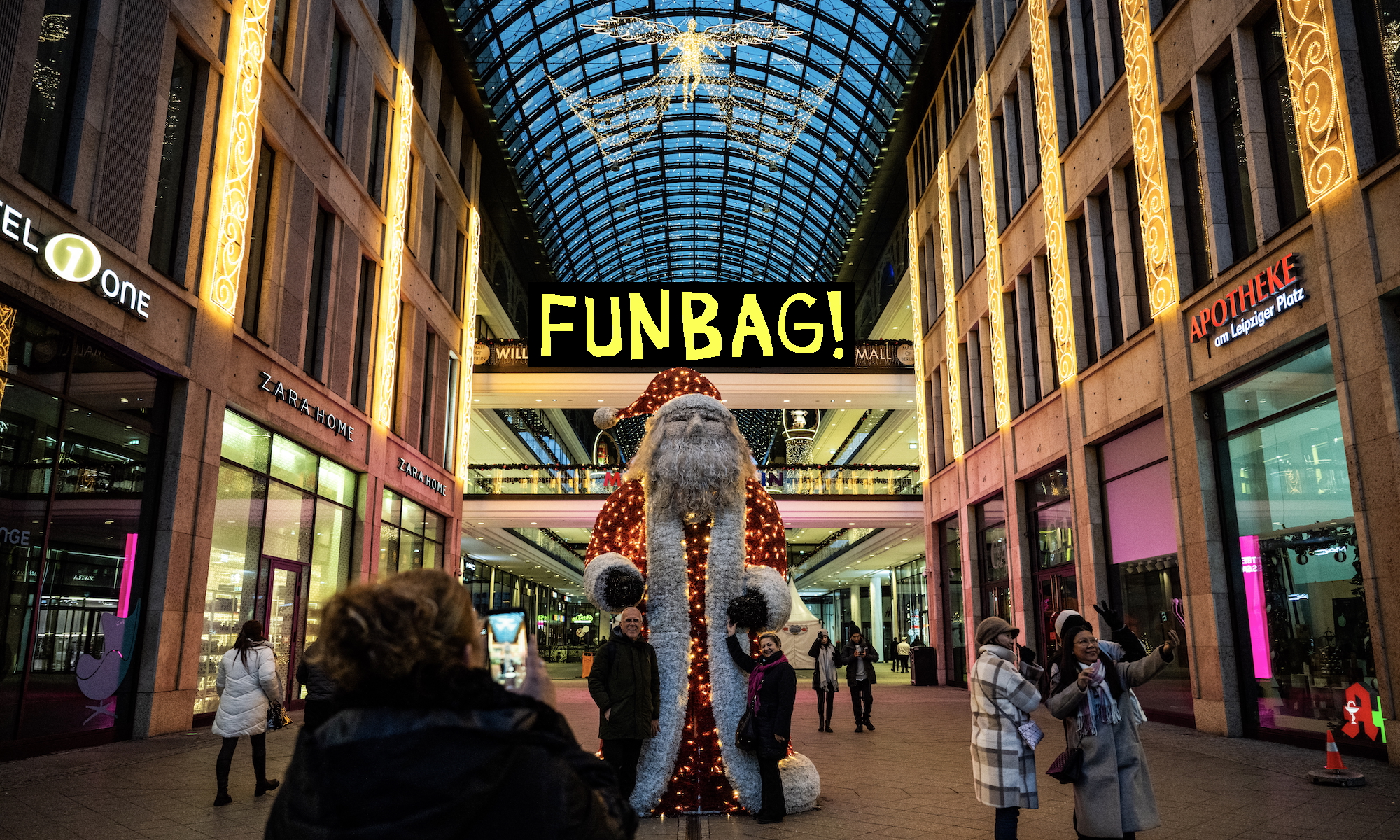Liverpool's current era has been nothing if not eventful, full of rousing successes (the Premier League and Champions League trophies) and painful disappointments (the handful of second-place finishes behind Manchester City and Real Madrid). In total, though, the Jürgen Klopp Era has been an unmitigated triumph, putting an end to 30 years of desert wandering and once again establishing a kingdom. Klopp is of course the figurehead of this period, and Mohamed Salah is its talisman. But it's worth acknowledging, especially now that he's traded Liverpool's Red for Bayern Munich's Roten, that all of this started because of, and wouldn't have been possible without, Sadio Mané.
While Mané's exit doesn't spell the end of Liverpool's long-awaited and hard-fought greatness, it does feel like the end of something, even if it's just the close of the Klopp era's first act. That act was first and foremost defined by Liverpool's vaunted attacking front three. Signed in three consecutive summers from 2015 to 2017, the troika of Roberto Firmino, Mané, and Mohamed Salah provided all the combustive power needed for the German manager's high-speed, high-scoring soccer.
While Firmino came first, he was signed in the dying days of Brendan Rodgers's tenure, and thus wasn't specifically a Klopp signing, nor is his playing style quite like his partners in crime. Mané, on the other hand, came to symbolize the philosophy in place at Anfield. He was purchased for what now seems like a bargain price of around €40 million, coming from a club in Southampton that was outside the elite, was just entering his prime at the age of 24, and brought relentless work ethic and lightning pace to the flanks of Liverpool's attack.
Mané delivered more than enough to justify both his price tag and his status as a club mainstay for six seasons. The stats alone show it: 114 goals across all competitions, to go with 33 assists and all the trophies those goals and assists help win. He was also the most positionally versatile of the front three, playing well on the left, the right, through the middle, and sometimes all three in one game. His aforementioned pace allowed him to terrorize defenses, but it was his ability on the ball that provided something sufficiently different from Salah. While his counterpart is likely a better dribbler at speed, Mané was often more inclined to dribble past defenders with tricky skills inside the box, allowing him to either rip his own shots or center for a variety of Liverpool runners into dangerous areas.
In a broader sense, Mané was never Liverpool's best player at any given moment. First there was Philippe Coutinho, and then Salah's arrival and subsequent explosion in front of goal, and then the pitch-spanning impact of Virgil van Dijk and Alisson. But Salah, van Dijk, and Alisson probably never would've become Liverpool players if not for Mané first joining the club, taking the team to a new level, and helping guide the Reds to their first Champions League appearance in three seasons at the end of his first campaign.
In a way, by helping Liverpool capture that precious top-four finish in 2017 and everything that followed, Mané eventually set in motion everything that has now led to his departure. The Mané-style signing—medium-size investments on prime-aged players from relatively smaller clubs, who Klopp would help blossom into full-blown superstars—would become a key building block for success at Liverpool, and it would prove to be part of the undoing of his tenure there. In January of this year, Liverpool bought Luis Díaz from Porto in transfer that has many similarities to Mané's back in 2016: Díaz is 25, he was excelling at a level just below the peak of European soccer, and he brings flair and pace to the attack. In many ways, Díaz is the new Mané, stylistically and philosophically. Combining that arrival with Liverpool's reluctance to sign players over 30 to big contracts—a principle that is also currently muddying Salah's future at the club—made it easier for Mané to pack his bags and head to Germany.
Looks good on you, Sadio! 🔴⚪
— FC Bayern Munich (@FCBayernEN) June 22, 2022
📰 https://t.co/vaC4kmp2VB#ServusMané #MiaSanMia pic.twitter.com/UGr56XqqEt
While some particularly passionate Liverpool fans have called Mané the best player in the world, he was never really the key weapon in Klopp's toolkit. That's fine. He never needed to be, and what he was and still is—a world-class, do-it-all winger with a knack for big goals—was more than enough for Liverpool to ascend from the dark days that had plagued them since the turn of last decade. He was the match that lit this particular fire, the player who allowed so many others to come in and help Liverpool burn even brighter. Mané was the foundation of the project, and Liverpool will have to hope that they can fill in the gaps that he leaves behind on his excursion to Bavaria. The club wouldn't be here if not for Sadio Mané, and now it must figure out how to move forward without him.
